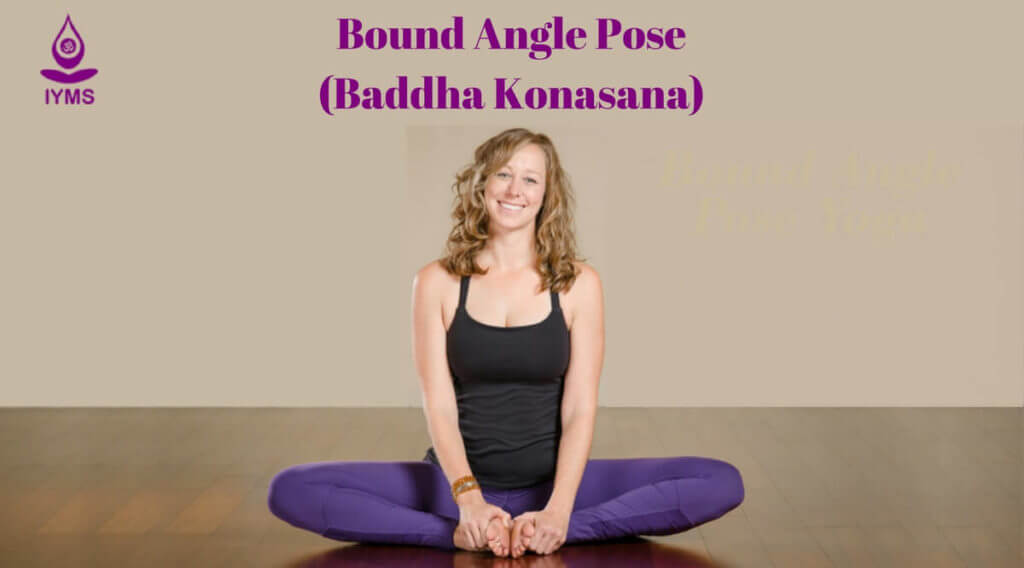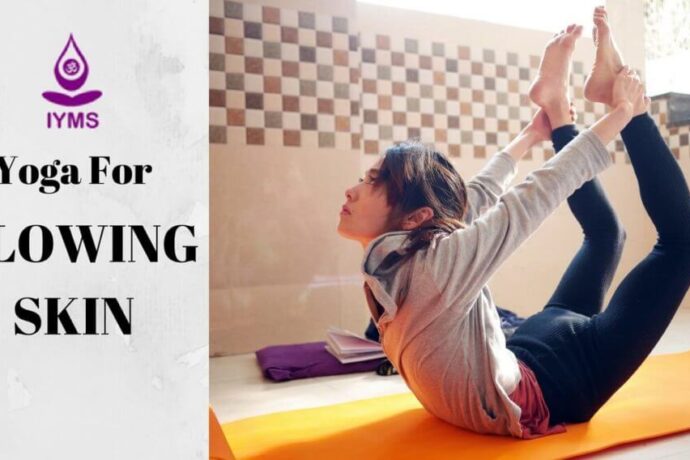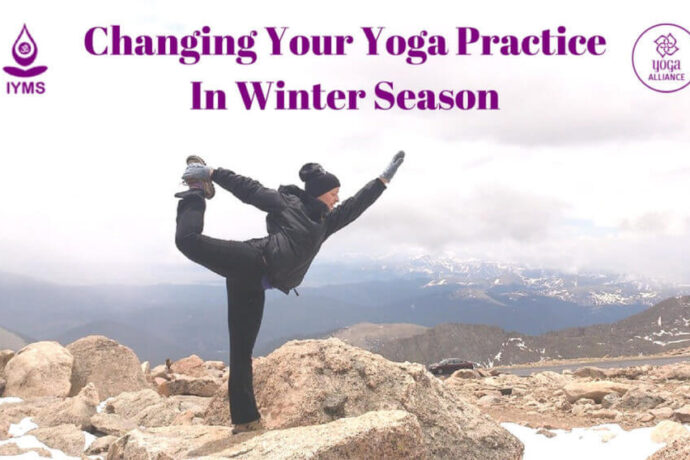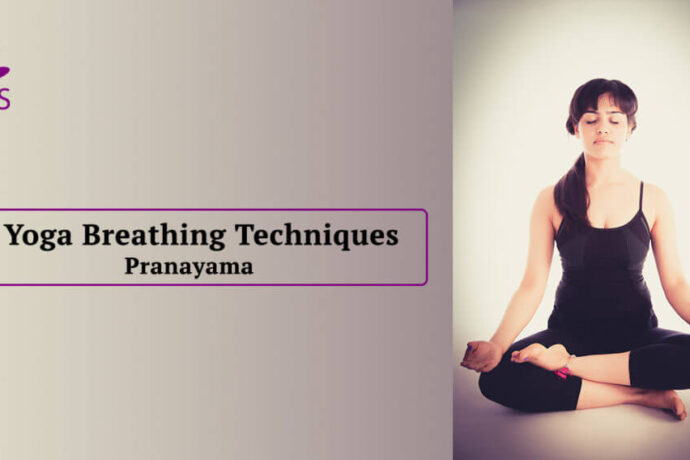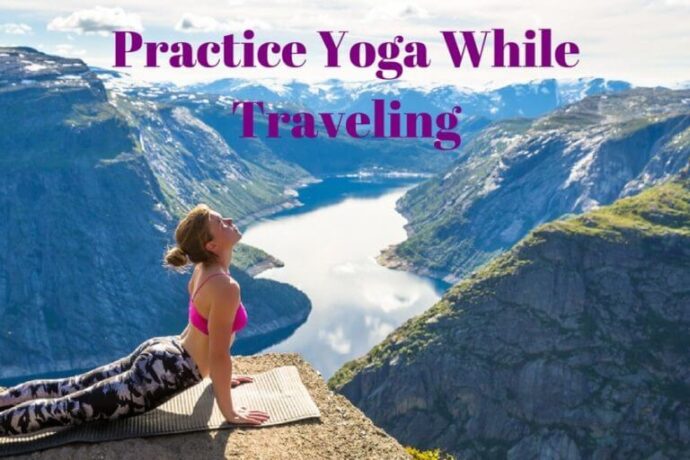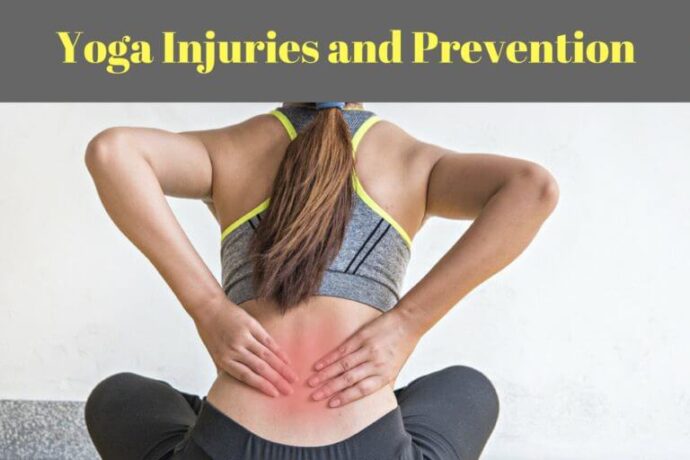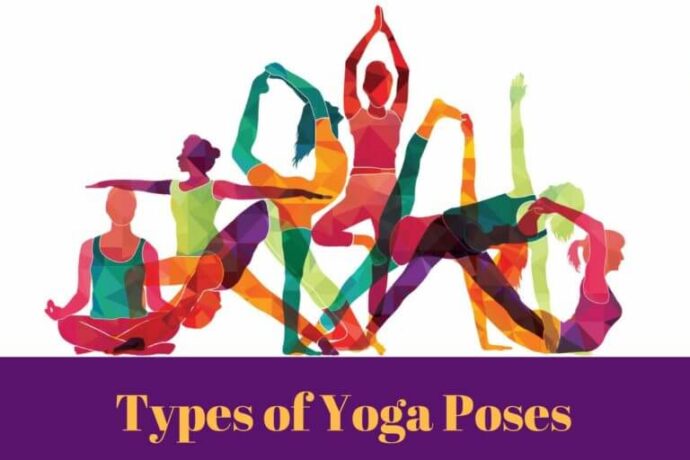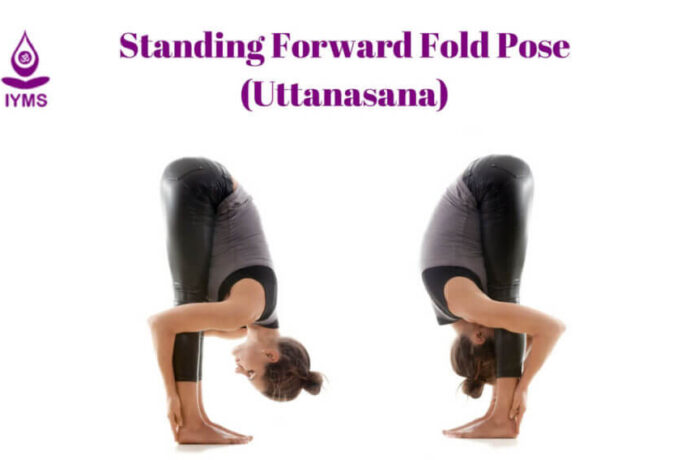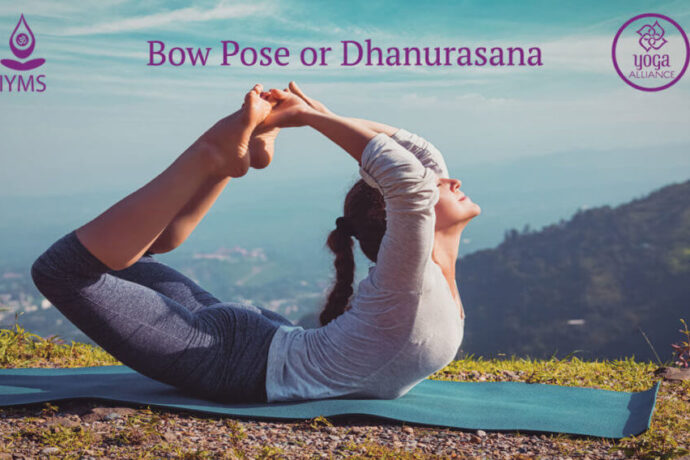Bound Angle Pose (Baddha Konasana), is a great hip-opener and a good exercise for people who have an occupation, where movement during the day is limited. It is more so commonly known as the Cobbler’s Pose or Butterfly Pose. It is a seated posture and gets its name from the way cobbler’s sit while they work.
Bound angle pose is an important yoga pose in most people’s lives today because of the sedentary work style that they must follow like sitting in chair for long hours and traveling in cars.
For children, doing this is easy as their hips are flexible and open, but as you grow old, you lose that flexibility and feel tight and restricted. For instance, you will notice that sitting with your legs crossed is much harder now than it was when you were 20-25 years old. Isn’t that frustrating?
Pose Information
- Yoga Pose English Name: Bound Angle Pose or Cobbler’s Pose or Butterfly Pose
- Sanskrit Name: Baddha Konasana
- Pose Level: Beginners
- Pose Type: Sitting
- Stretches: Knee, Thigh, Groin
Preparatory Poses
- Hero Pose or Virasana
- Tree Pose or Vrksasana
- Easy Pose or Sukhasana
Follow-up Poses
- Standing poses
- Seated twists and forward bends poses.
So, to keep your hips supple and flexible as it always was, let us move ahead and understand how to do bound angle pose.
How to Do Baddha Konasana?
Here are bound angle pose steps to help you do the pose correctly and avoid getting hurt in the process. Just follow the steps ahead and you will be good to go.
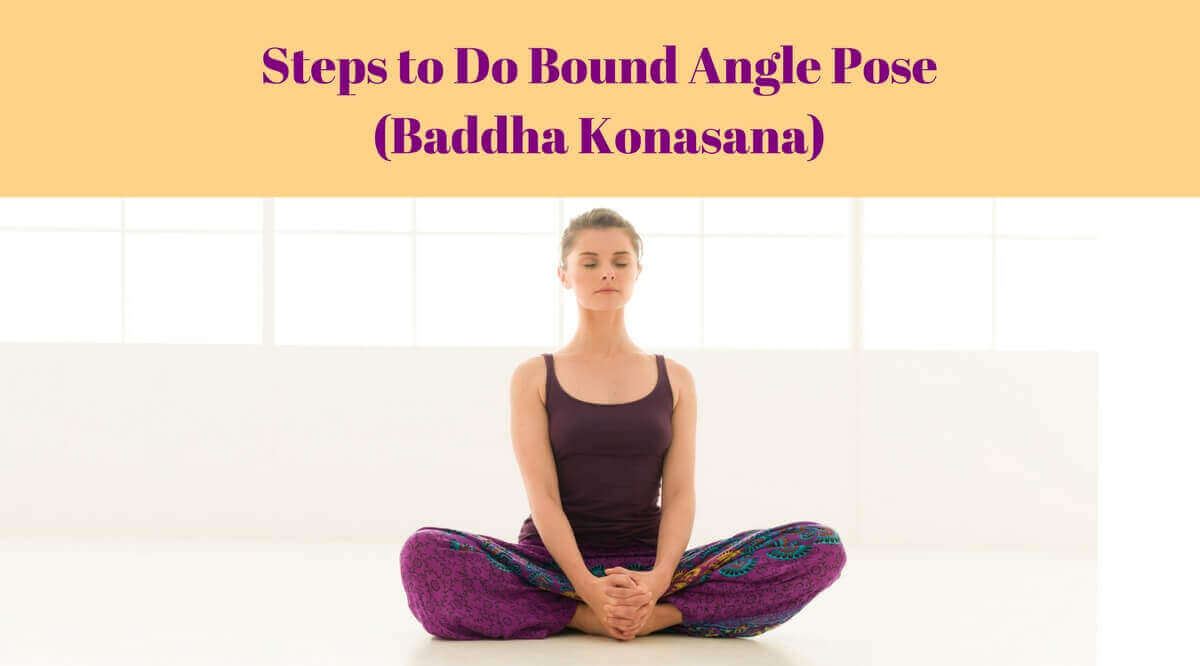
Step 1
Start by positioning yourself in the Staff Pose (Dandasana). To ensure that your spine does not get rounded while doing the pose, rest your back against a wall.
Step 2
Once well-positioned, with an exhale, bend your leg at the knees and pull them in towards your pelvis.
Step 3
Make your knees drop open to the sides, but only till the limit where you are comfortable and then press the soles of your feet together.
Step 4
Clutch your big toe on each foot with your thumbs, middle, and index finger and press your feet firmly into the floor.
While you do so, inhale and lengthen your spine from the base to the crown of your head, as you lift through your core for enhancing your posture.
Keep your gaze directed ahead of you or at the tip of your nose as you keep breathing normally and stay grounded.
Try pushing your knees towards the floor gently, but do not hurt yourself.
Step 5
To release, let go of your toes and then gently straighten your legs in front of you to go back to the Staff Pose (Dandasana).
Bound Angle Pose Health Benefits
Bound angle pose has several health benefits, even if you start off late in your life. Some of these benefits are as follows.
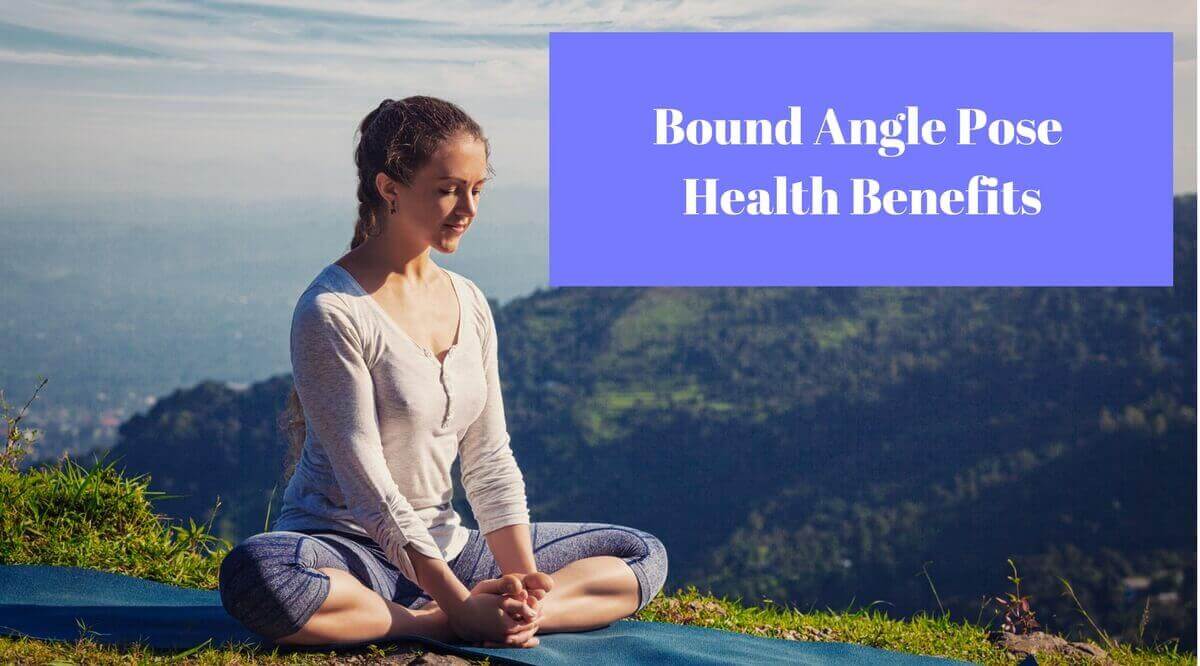
1. Ease in Child Birth
Pregnancy is a painful and stressful time in a woman’s life. Practicing Bandha Konasana in later months of pregnancy helps in strengthening the lower back and cervical muscles, thus making childbirth an easy process for the mother.
2. Cures Infertility
Today, infertility is an issue and the pose is a solution for those having the trouble. It relieves any type of menstrual discomfort or abnormalities in the cycle, which are the main reasons for infertility.
3. Improves Blood Circulation
The pose involves mindful breathing, which increases the flow of oxygen into the blood, thus improving blood circulation and a healthy heart.
4. Stress Buster
Bound angle pose helps in relieving any stress around the legs. It also helps in easing any pain in the legs caused due to sciatica. Other than that, it helps stabilizing your emotional pain like depression and anxiety.
5. Helps in Digestion
Bandha Konasana assists the abdominal organs in stretching out, while improving their functionality. It’s a cure for any type of digestive problems that you could be facing like bloating, indigestion, or gastroenteritis. Furthermore, the pose also enhances the role of the kidneys.
6. Improves Functionality of Reproductive Organs
Doing the pose stimulates the reproductive organs like ovaries and uterus in women and prostate glands and testes in men. The pose helps in opening the groin area and increasing the suppleness of the inner thighs and groins.
Baddha Konasana Precautions
Like every yoga posture that you practice, there are certain precautions that you need to keep in mind, especially if you have a health issue. Some of bound angle pose precautions are as follows.
- Do not perform the pose if you have injury to your groin or knee area.
- If you have high blood pressure or suffer from heart problems it is better to ask your doctor whether you can practice the pose.
- An individual suffering from sciatica can sit on a pillow while doing this asana.
- Women should avoid this yoga asana during their menstrual cycle.
- Do not try to force any kind of movement like jerking your thighs, fluttering your knees like a butterfly, or pushing your knees down to the ground, while performing the pose as you might injure your muscles in the process. You will master this pose sooner or later, so you just need to keep the movements slow and smooth.
- Ensure that your pelvis is balanced in mid-position so that both your sit bones are bearing equal weight. You can achieve this by rocking back and forth or by shifting your hips from side to side until you are sure that both your pubic bone and tailbone are at the same distance from the floor, and that the weight on your buttocks are equally distributed.
- Always keep your spine straight and elongated to reap maximum benefits of the pose.
Bound Angle Pose Modifications
Though Bandha Konasana is a restorative pose and great hip opener, to avoid injuries, it needs to be prepared for so that the body is warmed up enough. To avoid injuries or cramps, anyone can go for 200 hour yoga teacher training in Rishikesh.
Modifications make achieving a pose easier. You can use props like bolsters, pillows, blocks, and yoga straps to achieve the right posture. Here is how you can incorporate the pose with the help of these props.
- Sit against a wall to keep your spine straight.
- Position yourself in Bandha Konasana and place two blocks underneath your knees for support.
- Lie back on the inclined bolster to achieve the supine version of this yoga pose.
- Beginners who are unable to bend their knees close to the body can use a blanket to sit on and elevate themselves while doing the pose.
- To pull your feet closer to the pelvis, you can use a strap. Achieve this astuteness by circling a yoga strap around your lower back and your feet, before reclining.
Bound Angle Pose Variations
1. Reclining Bound Angle Pose (Supta Bandha Konasana)
While Baddha Konasana is done in a seated position, it has a supine variation too, which is simpler and gentler for opening the hips and the shoulders. This form of Bandha Konasana is called Supine Reclining Bound Angle Pose, also known Supta Bandha Konasana or Supine Goddess Pose.
Steps to do this pose
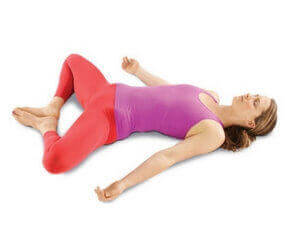
-
- Start the pose with lying down in Shavasana. As you do so, relax each muscle in your body from your head to the tip of your toes.
- Once you can achieve the composure, bend your knees to the sides and bring the soles of your feet together, pressing them against each other. Keep your hands spread out to the sides, with the palms facing upwards.
- To release the pose, open your eyes and come back to Shavasana.
Practicing this pose stimulates you equally, and bestows self-discipline in your life.
2. Advanced Bound Angle Pose
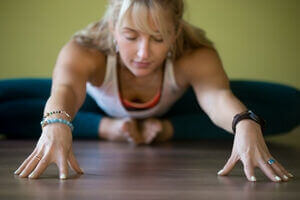
- Come into bound angle pose. To further intensify the pose, with an inhale move your arms up towards the ceiling.
- Keep your arms straight, with en exhale, bend forward and try touching the floor with your palms.
- Stay in this pose for few minutes and then come back to normal bound angle pose with an inhale.
Conclusion
Baddha Konasana is a beginners’ pose and can be practiced everyday by anyone. Women must just be careful not to do it during their menstrual cycle. Like all other yoga poses, Baddha Konasana is also preceded with preparatory yoga poses to help you warm up the participant muscles and joints.
The pose activates your lower chakras – Root Chakra (Muladhara) and Sacral Chakra (Svadisthana). Root Chakra helps you connect with your sense of security and sexuality, while the Sacral Chakra helps you to fulfill your emotional necessities in everyday life. Being able to activate these two chakras helps you in improving your personal and professional relationships as well as organize yourselves mentally.
If you have not given this pose a try or have not yet added it to your yoga practice, it’s time to give it a try. The benefits are immense and you can only be content with what you receive in the end.
